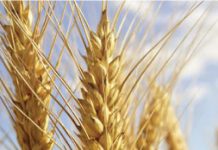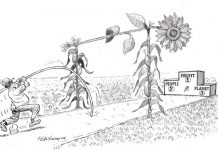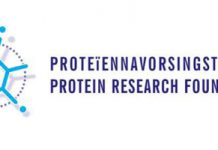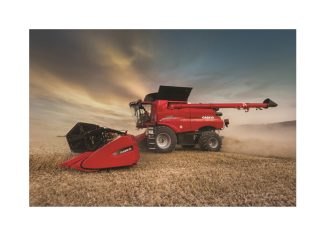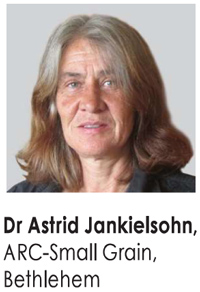 Resistance in crops is an effective management tool for insect crop pests. A drawback of this management option is that the insect can overcome the resistance in the crop, which will result in new insect biotypes able to damage the resistant crop plant. This is the case with Russian wheat aphid (RWA) resistant wheat cultivars.
Resistance in crops is an effective management tool for insect crop pests. A drawback of this management option is that the insect can overcome the resistance in the crop, which will result in new insect biotypes able to damage the resistant crop plant. This is the case with Russian wheat aphid (RWA) resistant wheat cultivars.
Up until 2018, four Russian wheat aphid biotypes were known in South Africa. RWASA1 has been present in the wheat production areas of South Africa since 1978 and was able to overcome the Dn3 resistant gene in wheat (Table 1).
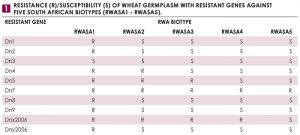
RWASA2 was recorded in the Eastern Free State during 2005. This Russian wheat aphid biotype was able to overcome the Dn1, Dn2, Dn3, Dn8, Dn9 and Dny resistant genes in wheat (Table 1). RWASA3 was recorded in the Eastern Free State during 2009 and has the Dn4 resistant gene added to its virulence profile (Table 1).
RWASA4 was recorded in the Eastern Free State during 2011 and has the Dn5 resistant gene added to its virulence profile (Table 1). Since 2011 these four Russian wheat aphid biotypes have occurred together, mostly in the Eastern Free State, in a biotype complex with varying concentrations of different biotypes over the years. In the other parts of the country (Western and Central Free State, Northern Cape and Western Cape), it was mostly only RWASA1 that occurred in the wheat production areas.
During 2018 there were no Russian wheat aphid infestation in the wheat fields surveyed in the Western and Central Free State and Northern Cape (Figure 1). RWASA2, RWASA3 and RWASA4 were distributed in the Eastern Free State (Figure 1).
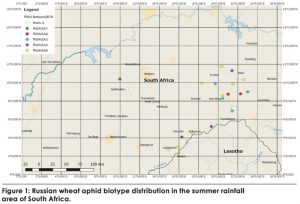
There were also reports of wheat cultivars resistant to all four biotypes that showed Russian wheat aphid damage symptoms in the field at Reitz and Daniëlsrus. Screening of Russian wheat aphid samples collected in these areas confirmed that a new Russian wheat aphid biotype, with additional virulence to the Dnx resistant gene in wheat, had occurred in these areas (Table 1).
This biotype was recorded at eight different sites in the Eastern Free State (Figure 1). Only RWASA1 was recorded in the wheat production areas of the Western Cape (Figure 2).
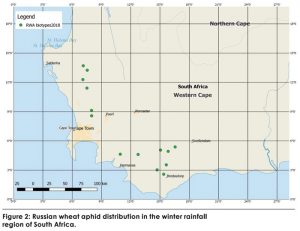 The newly observed Russian wheat aphid biotype is designated RWASA5. This is the most virulent Russian wheat aphid biotype recorded to date. This biotype has only been recorded in the Eastern Free State and not in the other wheat production areas of South Africa.
The newly observed Russian wheat aphid biotype is designated RWASA5. This is the most virulent Russian wheat aphid biotype recorded to date. This biotype has only been recorded in the Eastern Free State and not in the other wheat production areas of South Africa.
Wheat cultivars with resistance against RWASA1, RWASA2, RWASA3 and RWASA4 will not necessarily show resistance in the wheat production areas of the Eastern Free State as a result of the presence of RWASA5 in these areas.
![]() Producers with any queries can contact Dr Astrid Jankielsohn at 058 307 343, 082 564 3795 or jankielsohna@arc.agric.za.
Producers with any queries can contact Dr Astrid Jankielsohn at 058 307 343, 082 564 3795 or jankielsohna@arc.agric.za.



